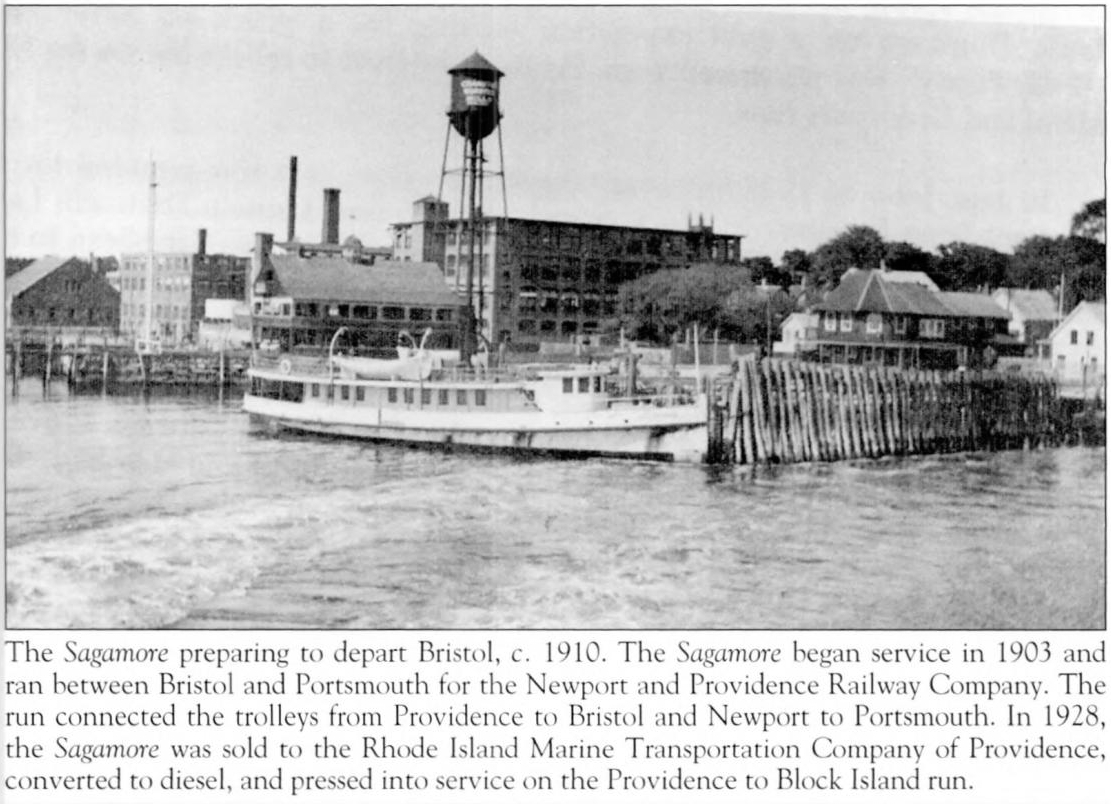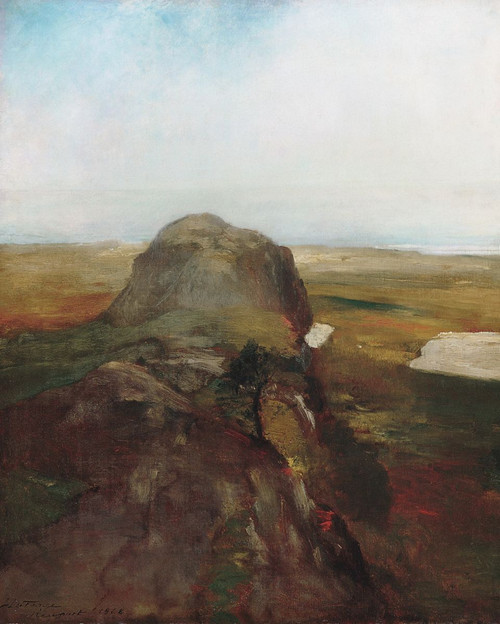In the last weeks of summer, a trip to the beach with Lovecraft.
The old coastal town of Newport was one of H.P Lovecraft’s favourite places, and the place hosted him for one of the last local trips ever made in his life. It was near to Providence, but was still somewhat costly to reach in summer. It became more affordable to him during the Great Depression, and we know from the Cole letters that he often took the cheap and juddering older boat “Sagamore” from the Providence waterfront to Newport, sometimes in the company of cattle on the lower deck (Galpin letters, p. 62). Lovecraft tells us she had been “re-modelled” for the Providence – Newport – Block Island run which she started in 1928. On the lower and presumably widened decks of this formerly sleek little boat Lovecraft encountered “freight and cattle”. We know it was juddering because Lovecraft tells us he could not write on board, due to the vibration.
In the depths of the Great Depression this offered a fare as low as 15-cents for a day’s round-trip, and on one occasion he went for three days in a row. This was the route of the “Newport boat” which features in the famous “The Call of Cthulhu”. This could have been, at the time of “Cthulhu”, the “New Shoreham” passenger boat. As seen below, along with its Providence dockside.
The “Newport boat” landing and departure point, Providence.
Though in 1932 he mentioned to Cole that the upmarket 75-cent “Mount Hope” boat was competing with the far cheaper “Sagamore” (the cattle-carrying boat). With at least one guest, for instance Helen Sully in July 1933, he and his guest would take the better of the two Newport boats. So the Sully trip was very likely on the “Mount Hope”, which was warmer. The cheaper boat came back later and was thus colder on the way back, and there was also the risk of encountering cattle on deck. As can be seen here, the “Mount Hope” was a far more substantial passenger proposition than the small “Sagamore”…
Possibly there were even three services at the time of “Cthulhu”, since the “Mount Hope” seems to have made the run as early as the mid 1900s and was still being photographed on the same run in 1934. So the “Newport boat” at the time “Cthulhu” was written could have been either “Mount Hope” or the “New Shoreham”.
Anyway, enough of untangling the boats. Let’s get to the beach. Emerging from hibernation in spring, Lovecraft would take one or other Newport boat and then might hike out from the town “into the Bishop Berkeley country … some four miles beyond Newport beach on the road to Middletown”, through green fields of what he termed “sportive lambkins”. He enjoyed the coastline, beaches and rocks that lay behind and away from the town and the tourists.
Here we see James A. Suydam’s establishing view of this especially favoured place at the back of Newport, the “Paradise Rocks”. The “Hanging Rock” end of these gives a wide firm cleft for sitting and also views to nearby places named by locals “Paradise” and “Purgatory”. The end rock reminds one of the “sizeable table-like rock” in “The Dunwich Horror”.
A detail from a further painting shows the rock’s relation to the wide beaches and ocean, complete with one of Lovecraft’s “sportive lambkins”…
I once had a blog post on these two places, but sadly it was one of the few to perish when the blog blew up. However, I find that I can now recover the sketch-view from that post. This apparently shows “Paradise” (below the artist) and “Purgatory” (a deep cleft, down in the high headland seen across the beach/salt-grass).
Lovecraft visited many times, but also had at least three extended visits with his rock-appreciating geologist friend Morton. There was a Lovecraft-Morton visit in late June 1930, and again in the hot late August of 1932 when they explored the rocky cliffs and knoll and…
discussed the cosmos with Dean Berkeley’s shade
This being a reference to the British philosopher Bishop George Berkeley, a thinker who had especially enjoyed Newport’s “Hanging Rock” two hundred years earlier in circa 1728-32. Berkeley believed, among other things that “reality isn’t separate from perception” and he was a deep thinker on language who was later compared to Wittgenstein. The “Hanging Rock” being where, as Lovecraft put it…
Berkeley used to sit reading, writing, or meditating
In Selected Letters II Lovecraft gives a correspondent precise directions on how to find the place, once out of the town. One then has to assume that the area was not much signposted, and there would be no-one from whom to ask directions.
Here a detail of the “lip” at the “head” of the rocks, where one might perilously picnic or perhaps write competitive poems (Lovecraft recalls such a contest here, with the ocean-loving Wandrei)…
A rough study in oils by the local macabre and stained-glass artist John La Farge (1835–1910) also usefully indicates the highest-point elevation, of the sort on which Lovecraft might have “discussed the cosmos”…
we looked down from our exalted perch — a perch which 200 years ago was a favourite of Dean (later Bishop) Berkeley as he composed his famous Alciphron … We had splendidly hot weather all along — thermometer around 90˚.









